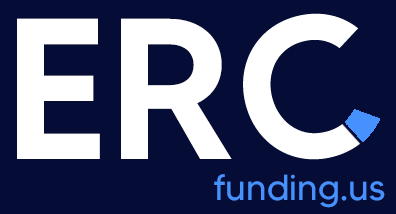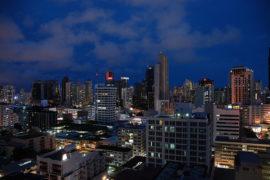
The collapse of Iceland’s three main banks within the span of a week in 2008 and subsequent rate hike to stabilize the Krona was the start of a prolonged fall in house prices for the country that last until 2011. Real estate sales transactions jumped more than 60% in October of last year, signaling the start of a recovery that has not slowed. Standard & Poor’s has now changed its rating for the country from negative to stable, inflation has eased and experts believe the recovery will continue into 2012 despite continued trouble in the Eurozone. For more on this continue reading the following article from Global Property Guide.
Iceland’s house prices started falling in October 2008, when the Central Bank raised its key policy rate by 500 basis points to 18%. The hike was implemented to stabilize the Krona, and was one of the International Monetary Fund’s conditions for granting a US$2.1-billion loan, sought when Iceland’s three major banks all collapsed in the span of one week. Iceland’s house prices had previously risen by 16% between Q3 2006 and Q1 2008.
From January to October 2011, the number of sales transactions in the country’s major metropolitan areas increased by 60.3% from the same period last year. In addition, the total value of real estate transactions almost doubled to ISK108.83 billion (US$903 million) from ISK66.13 billion (US$548.5 million) over the same period.
Claim up to $26,000 per W2 Employee
- Billions of dollars in funding available
- Funds are available to U.S. Businesses NOW
- This is not a loan. These tax credits do not need to be repaid
The collapse of the banking industry in 2008 threw the economy into recession, with GDP shrinking by 6.9% in 2009 and by another 3.5% in 2010.
However, the Icelandic economy is now recovering, thanks to increased exports, consumer spending and fixed investments. In the third quarter of 2011, annual real GDP growth was 4.8%, according to Statistics Iceland. Iceland’s economy is projected to expand by 2.6% in 2011 and 2.4% in 2012.
Standard & Poor’s has recently raised its outlook on the country from negative to stable.
Iceland’s central bank, Sedlabanki, announced in early-December 2011 that it will hold the key rate unchanged at 4.75%, as the economy is recovering and inflation is above target. The key rate was raised by 25 basis points in November 2011, the second rate hike since August 2011, as the government tried to shield the krona from shocks fueled by the ongoing Eurozone debt crisis.
Consumer prices rose by 5.2% y-o-y to November 2011, more than twice the central bank’s target. Iceland’s inflation rate was 5.4% in 2010, from an average of 12.2% from 2008 to 2009 and 4.7% from 2000 to 2007.
Iceland’s economic and housing market recovery is expected to continue, though the euro debt crisis will likely slow growth.
This article was republished with permission from Global Property Guide.



